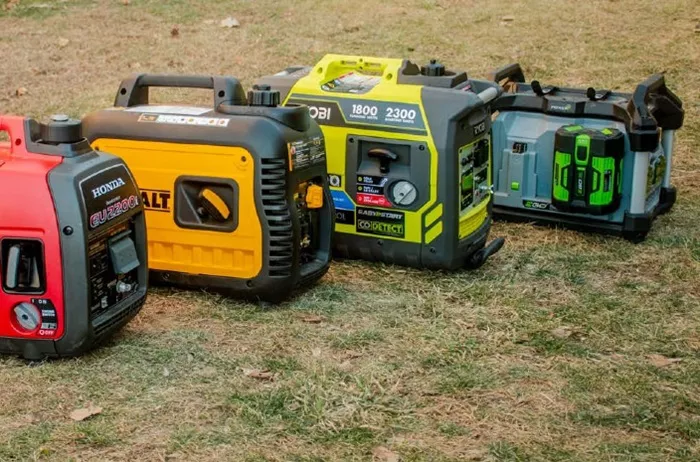Choosing the right generator for your home is crucial to ensure you have reliable backup power during outages. The size of the generator you need depends on several factors, including the appliances you want to run, your home’s power requirements, and fuel efficiency. This guide will help you determine the right generator size with clear, professional advice.
Understanding Generator Sizing Basics
Before selecting a generator, you must understand how generators are rated and what your home’s power demands are.
Wattage Requirements: Running vs. Starting Watts
Running Watts (Continuous Power): The amount of power an appliance needs to operate continuously.
Starting Watts (Surge Power): The extra power required when an appliance first starts (e.g., refrigerators, air conditioners, and motors need more power at startup).
Most appliances have labels listing their wattage. If not, you can use this formula: Watts = Volts × Amps
Types of Generators
Portable Generators (3,000–10,000 Watts): Best for powering essential appliances during short outages.
Inverter Generators (1,000–4,000 Watts): Quieter and more fuel-efficient, ideal for sensitive electronics.
Standby Generators (7,500–20,000+ Watts): Permanently installed, automatically turn on during outages, and can power an entire home.
Calculating Your Home’s Power Needs
To determine the right generator size, follow these steps:
List Essential Appliances
Identify which appliances you need during an outage. Common essentials include:
- Refrigerator (600–800 running watts, 1,200–2,200 starting watts)
- Sump pump (800–1,500 running watts, 2,000+ starting watts)
- Lights (60–600 watts total)
- Furnace fan (800–1,200 watts)
- Window AC unit (1,000–1,500 running watts, 2,000+ starting watts)
- Microwave (600–1,200 watts)
- TV & electronics (100–500 watts)
Add Up Running Watts
Total the running watts of all appliances you plan to use simultaneously.
Example:
- Refrigerator: 800W
- Lights: 300W
- Furnace fan: 1,000W
TV: 200W
Total Running Watts = 2,300W
Account for Starting Watts
Add the highest starting wattage to your running total.
Example:
Refrigerator starting watts: 2,200W
Total Power Needed = 2,300W (running) + (2,200W – 800W) = 3,700W
Choose a Generator with 20% Extra Capacity
To avoid overloading, select a generator with at least 20% more capacity than your calculated need.
Example: 3,700W × 1.2 = 4,440W → A 5,000W generator would be ideal.
Additional Factors to Consider
Fuel Type & Efficiency
Gasoline: Common but less efficient, requires frequent refueling.
Propane: Longer shelf life, cleaner burning.
Diesel: More efficient for large generators but noisier.
Natural Gas: Best for standby generators; connects to home gas lines.
Transfer Switch Requirements
A transfer switch ensures safe connection to your home’s electrical system. For standby generators, an automatic transfer switch (ATS) is required.
Noise Levels
Portable generators: 60–80 dB
Inverter generators: 50–60 dB (quieter)
Standby generators: 60–70 dB
Conclusion
Selecting the right generator size involves calculating your home’s power needs, considering starting watts, and choosing a fuel-efficient model. A 5,000–7,500W generator suits most homes for essential appliances, while 12,000W+ is ideal for whole-house backup. Always consult an electrician for professional installation and safety compliance. By following this guide, you can confidently choose a generator that keeps your home powered during emergencies.

